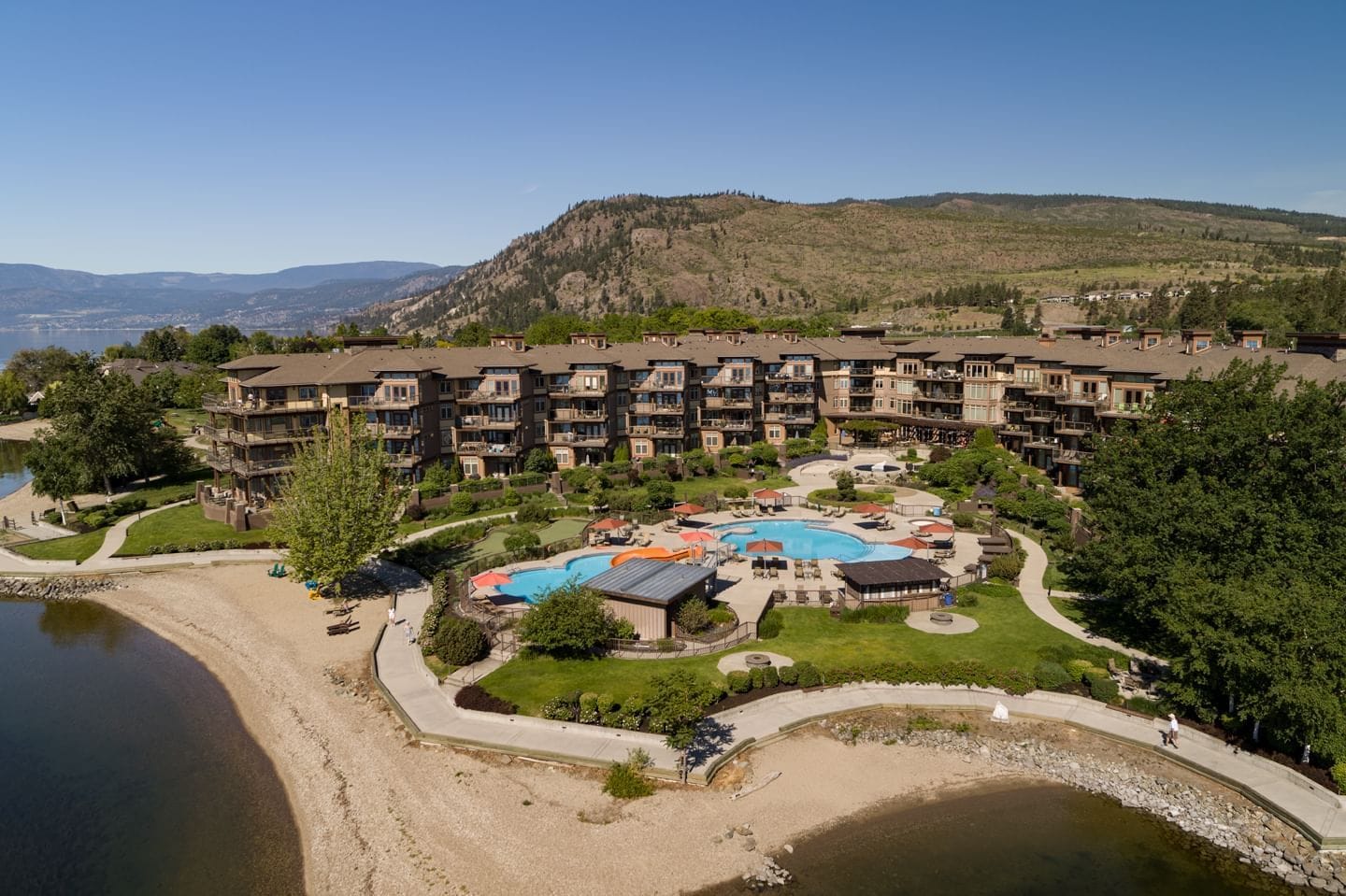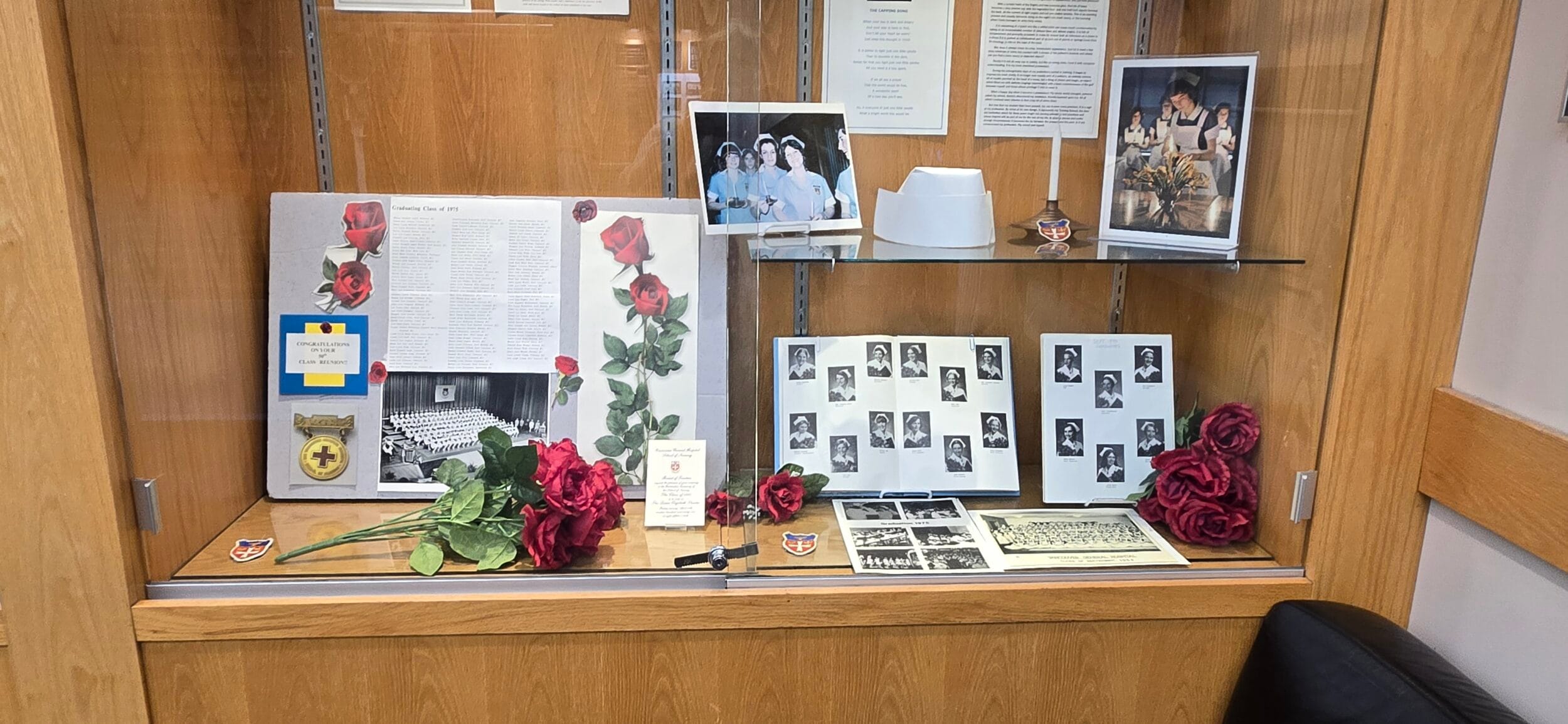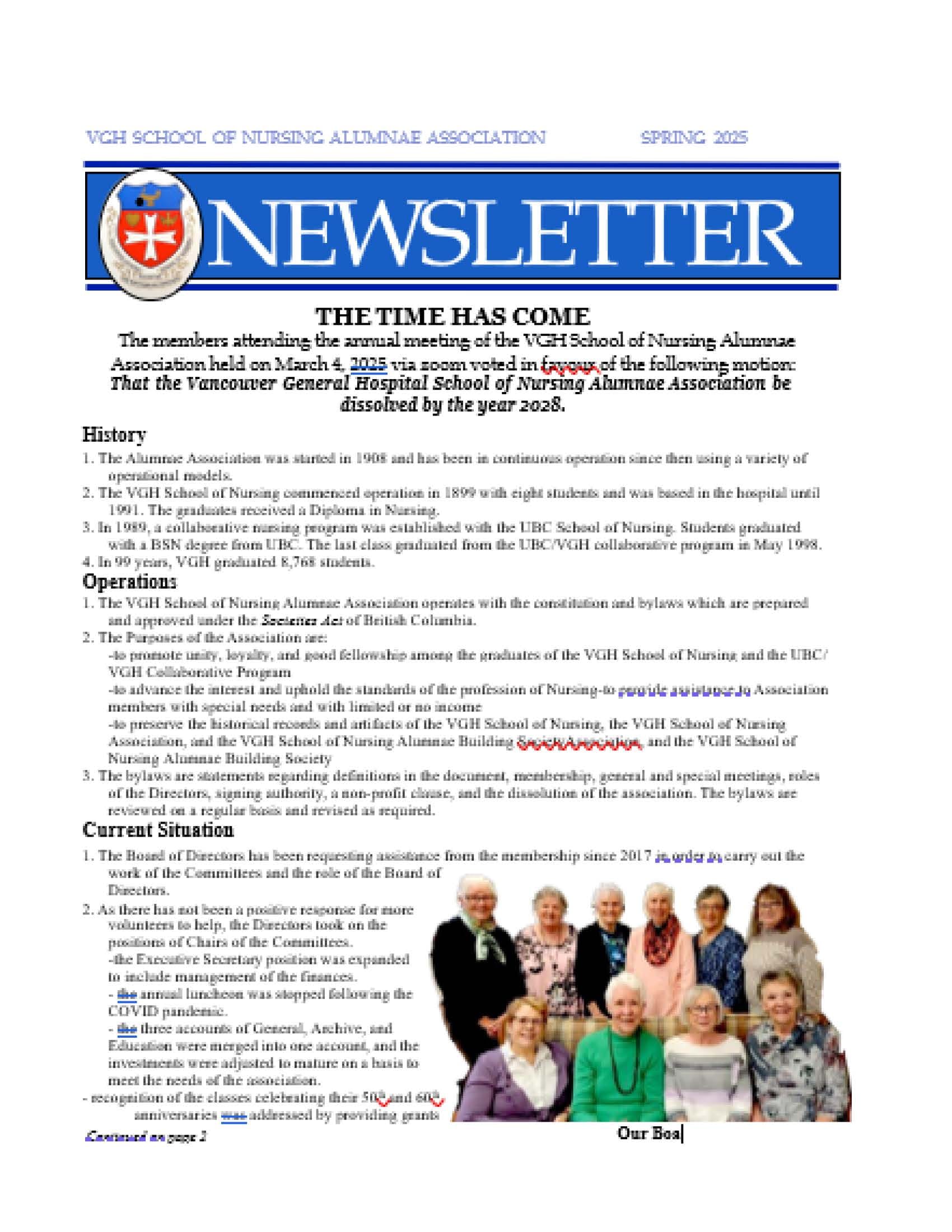This is the 75th anniversary of my graduation from nursing school. I took my training at Vancouver General Hospital which in 1938 was the second largest hospital in Canada.
I long wished to serve in a small hospital and managed to secure an appointment to St. George’s Hospital in Alert Bay British Columbia. Alert Bay is on a small island near the northeast tip of Vancouver Island. This hospital was established in 1909 and operated by the Anglican Church. The Church also established hospitals in other locations on the coast including Pender Harbour and Rock Bay.
The United Church also had mission hospitals on the coast including one at Belle Bella and Rivers Inlet. Both of these hospitals were supervised by Dr. George Darby. His daughter, Catherine, was a good chum of mine during nurses training and for all her life after. You might be interested to know that Emily Carr was his patient and paid her paintings instead of cash. The hospital at Alert Bay had approximately 25 beds and was divided into one section for native people and the other for the white population. Because the main industries in the Alert Bay area were logging and fishing, many of the patients we saw had injuries that were sustained in that type of work.
Before the era of antibiotics, the nursing practices to treat infection were much different from today. For example, one method was by hot fomentations which consisted of applying a hot flannel cloth which had been boiled then wrung out and pressed over the affected area. A fresh cloth was applied every hour. Conditions such as pneumonia were treated with mustard plasters. Quarantine of patients with infectious disease such as scarlet fever or hepatitis was practiced. I spent the month before the end of my nurses training in isolation because I had contracted scarlet fever. It provided an excellent opportunity for me to study for my examinations although at the time if simply felt like unwelcome isolation.
In a remote hospital such as the one at Alert Bay, I was called upon to assist with procedures that normally a nurse in a larger hospital would not do. I remember on one occasion assisting with administering a general anaesthetic to a patient undergoing an appendectomy. Fortunately the doctor could keep a watchful eye on my work as well as tending to the surgical procedure.
Another memorable experience was finding one native expectant mother in the case room very close to the time of giving birth. She had ridden her bicycle up to the hospital door. On another occasion I traveled with the doctor to a house about a mile from the hospital where a woman was in difficulty with a breech birth. She had sent her other 5 children to neighbours and was prepared to be delivered on the kitchen table. Because we were situated in the kitchen near the stove for warmth, we could not use ether for pain relief because ether is flammable so we used chloroform which temporarily affects the baby during labour. I remember during training that we were told to always have at the ready a basin of warm water and a basin of cool water which I then used to revive the baby after it was born.
After working in Alert Bay for 6 months at a salary of $39 per month, I received a call from home to say that my father was not well and that I should return to Vancouver. There I became employed at Vancouver General Hospital.
Probably the greatest change in medicine I witnessed was the production and use of antibiotics. The search for antibiotics began in the 1800s. In 1932 the first commercially available antibiotic, called Prontosil, was developed by the Bayer Company in Germany. It was during World War 2 that the process for manufacturing penicillin in large quantities was discovered and from that time forward many more antibiotics were available. As a result the treatment of many diseases and methods of nursing care changed.
Another major change was the length of time patients stayed in hospital. Where once a maternity patient was typically 10 days in hospital, mothers were now on their way home 48 hours after giving birth. Similarly, post operative care has been tremendously reduced. Also, organ and joint replacements were unknown when I began nursing.
In closing, I am amazed and grateful for the advances in medical science and very proud of the women and men of our profession.
The young lady who helped her on the podium was her granddaughter, Christine Guess” who is a graduate of the University of Victoria in Nursing and presently works in Colorado.




